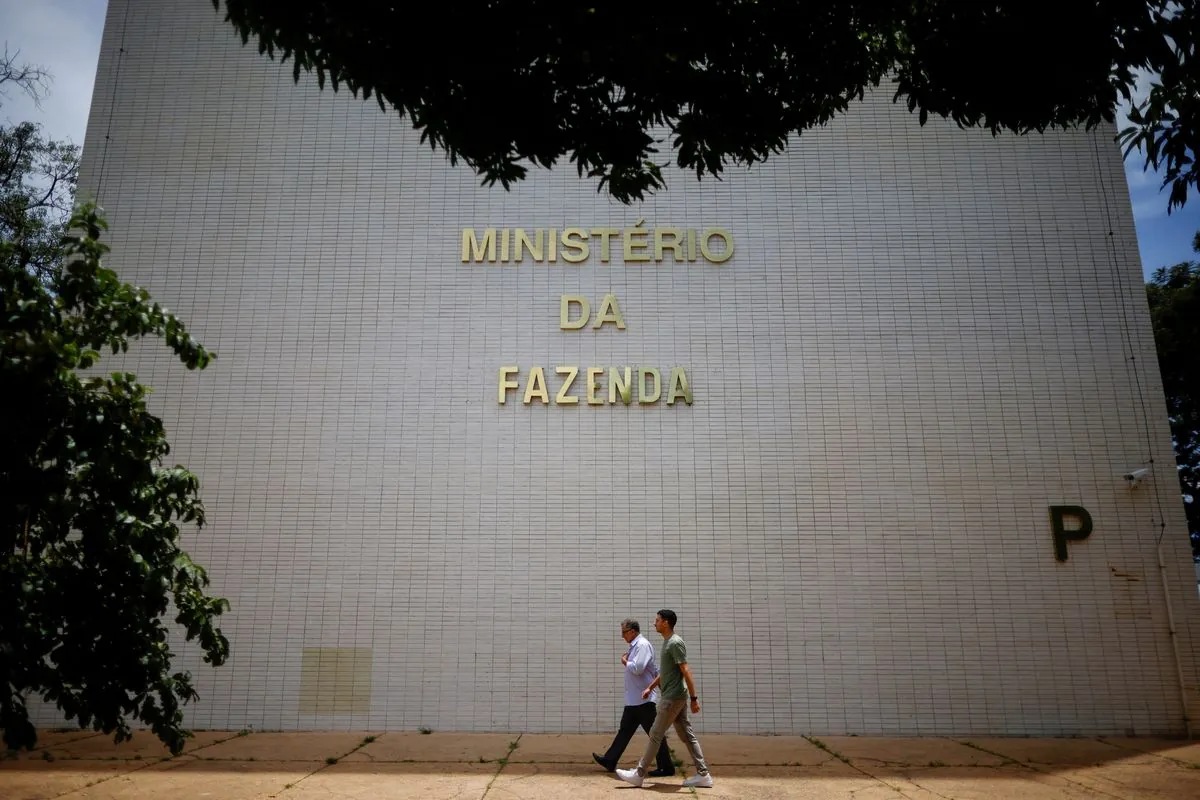Brazil's Public Sector Deficit Exceeds Expectations in August 2024
Brazil's public sector reported a larger-than-anticipated deficit in August 2024, driven by central government imbalances. The shortfall highlights ongoing fiscal challenges amid rising interest rates and debt concerns.

Brazil's public sector financial health faced a setback in August 2024, as revealed by central bank data released on September 30. The primary deficit, which excludes interest payments, reached 21.4 billion reais ($3.9 billion), surpassing economists' projections of 20.8 billion reais.
The deficit was primarily attributed to the central government's 22.3 billion reais shortfall. In contrast, regional governments and state-owned enterprises demonstrated resilience, posting surpluses of 435 million reais and 469 million reais, respectively. This financial landscape reflects the complex interplay between various levels of government in Brazil, the largest economy in Latin America.
Over the past 12 months, the public sector primary deficit amounted to 2.26% of gross domestic product (GDP). For the central government alone, the deficit stood at 2.34% of GDP, significantly diverging from the administration's goal of achieving a balanced budget this year, which allows for a 0.25% of GDP margin on either side.
Government debt as a percentage of GDP experienced a slight uptick, rising to 78.5% in August from 78.4% in the previous month. This increase was largely due to interest payments totaling 69 billion reais. The debt situation in Brazil has been a long-standing concern, with the country implementing various economic reforms since the 1990s to enhance fiscal stability.
In response to mounting inflationary pressures, the Central Bank of Brazil initiated a tightening cycle earlier in September, implementing a 25 basis point increase to 10.75%. This move aligns with the central bank's inflation-targeting regime, a key component of its monetary policy framework. Policymakers have indicated the possibility of further rate hikes, which economists anticipate may be more substantial in the future.
The potential for increased interest rates raises concerns about the cost of servicing Brazil's already substantial debt load. This situation is particularly noteworthy given that the country has a history of high interest rates used to combat inflation and attract foreign investment.
Last week, Fitch ratings agency projected that Brazil's gross debt-to-GDP ratio would climb to 77.8% in 2024, up from 74.4% in 2023. This forecast widens the gap between Brazil and countries with similar credit ratings, which have a median debt-to-GDP ratio of 55%.
Brazil's economic challenges are set against a backdrop of historical volatility. The country has faced several economic crises, including a period of hyperinflation in the late 1980s and early 1990s. The introduction of the real currency in 1994 was part of the Plano Real, aimed at stabilizing the economy.
As a member of the BRICS group of major emerging economies, Brazil continues to navigate complex fiscal terrain. The country's fiscal responsibility law, introduced in 2000, sets guidelines for public spending across all government levels. However, achieving and maintaining fiscal balance remains a persistent challenge.
The current economic situation underscores the importance of Brazil's primary surplus or deficit as a key indicator for investors and credit rating agencies. As the country issues both domestic and foreign currency-denominated debt, managing its public finances effectively is crucial for long-term economic stability and growth.


































